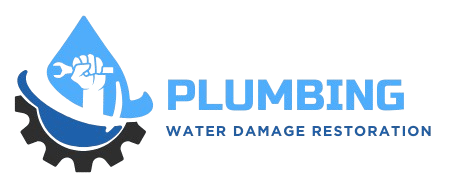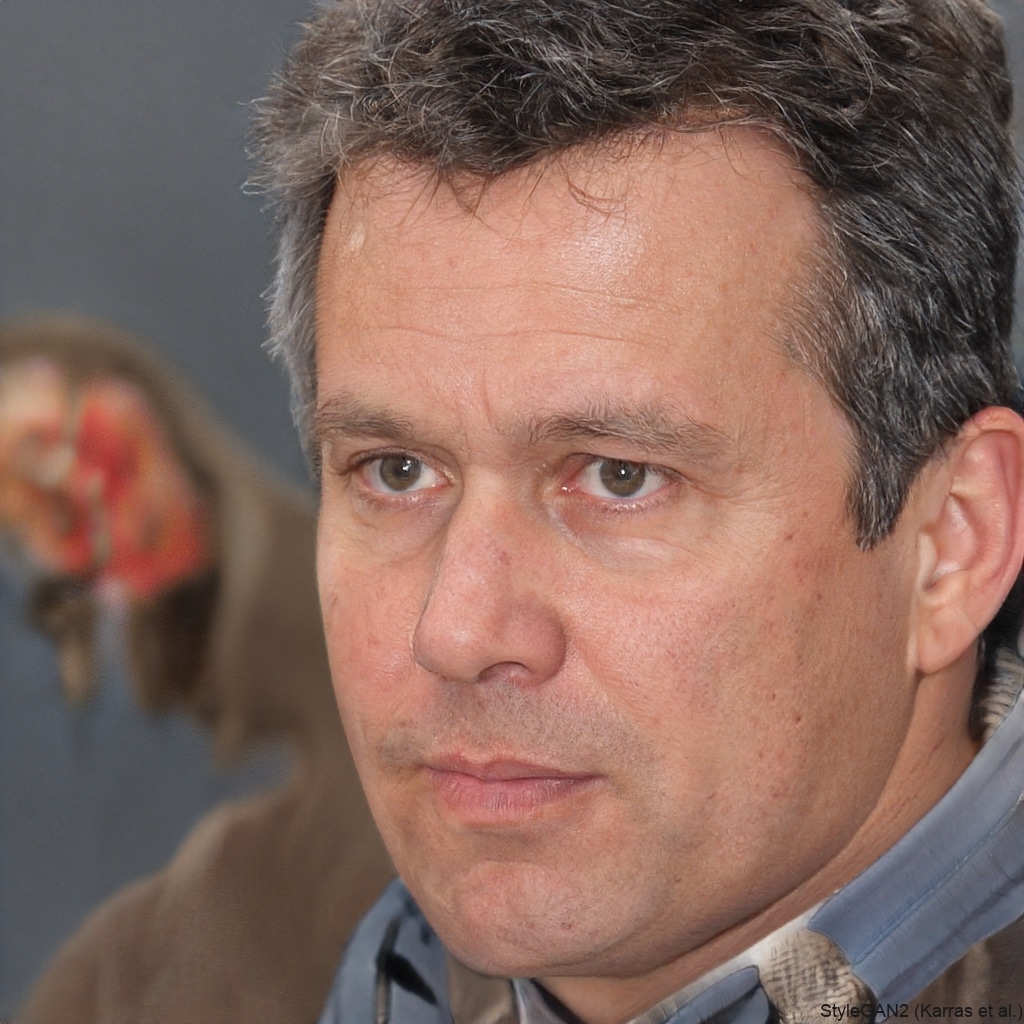When you think about repairing a water line in Arvada, you probably don't picture the repairs taking place beneath your front yard or a crew from your local water department trudging through your neighborhood in the wake of the latest snowstorm. Meanwhile, you might just be thinking about how to pay for impending repairs or disruptions to your schedule. But much like the basic components of your water line, the issues plaguing it are mostly out of sight and out of mind until the moment you realize that the line is no longer serving its basic purpose. Once the situation has progressed this far, talk of a repair guarantees that you'll be hearing some unanticipated sounds much closer to home for a few days at least.
The age and material of your existing water line are crucial aspects to consider when making repairs because they can significantly affect what type of repair gets done. In Arvada, the oldest homes might have lead or galvanized steel pipes, both materials that degrade over time and cause health issues. If lead or any kind of metal pipe is found to be part of the plumbing system, it must be replaced immediately with safer, modern materials.
Even if a home was constructed in what many consider “modern times,” (meaning after about 1940), it's possible for the home to have copper pipes, which are durable but prone to corrosion and failure at certain points. The last "common" plumbing material that appears in homes is PEX, which is actually more common in newer homes, and is totally flexible without the problems that can occur with copper. PEX also has been found to be somewhat resistant to the kinds of problems that occur when a large, inclement weather event takes place.
The environment in Arvada has an effect on determining the proper method for fixing water lines. Unique aspects of the area's soils, for instance, can have a major impact on how well a repair holds up over time. The freeze-thaw cycles common to this part of the world can put pipes under a lot of stress, which could lead to an increase in the number of breaks that occur during the winter months. Experts believe that a significant factor in many of these pipe failures is the use of insufficiently robust or just plain old pipe materials that aren't up to the task anymore. They also point to another factor: the kinds of repair methods used in the first place. Engaging with knowledgeable local professionals can help address the environmental situation.










